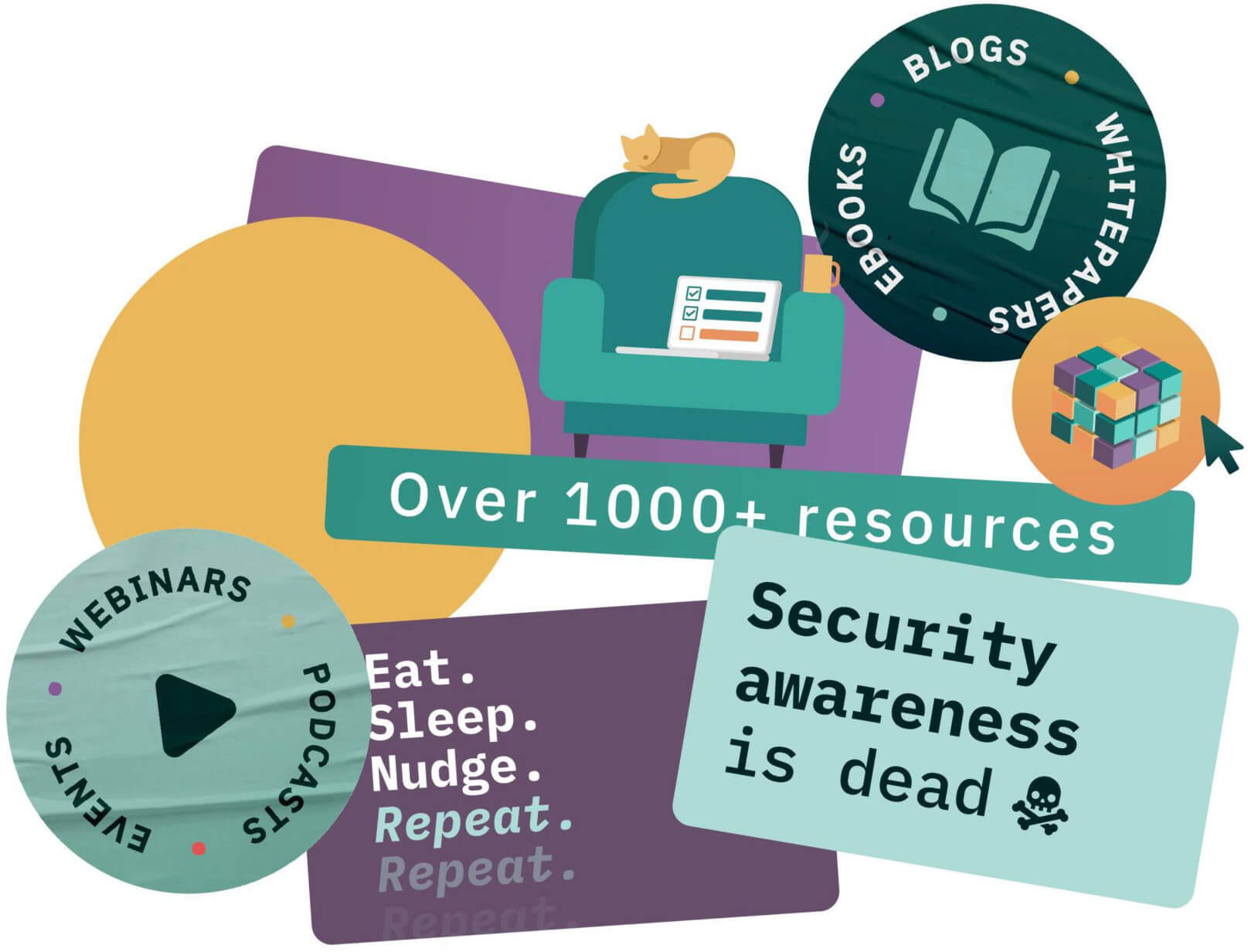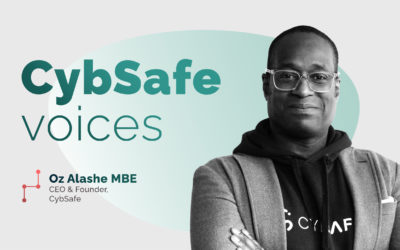Let’s start with a painful truth:
Security awareness, culture, and human risk professionals are often undervalued.
Despite the rising threat of human-enabled cyber attacks, many organizations still treat addressing the human aspect as a checkbox. A communications initiative. A nice-to-have.
Meanwhile, those doing the work – you – are trying to change behavior, reduce risk, and protect the business from the inside out.
So why the disconnect?
Awareness is not an outcome
Here’s the thing:
Most execs and security leaders don’t get excited about “raising awareness.”
Because awareness doesn’t reduce risk on its own.
Awareness doesn’t stop breaches.
And awareness doesn’t automatically lead to behavior change.
(If you don’t believe me – enrol yourself in some training and education courses about eating more healthily and see how that works out for you. Or talk to anyone that has done a driving speed awareness course and then tell me that they don’t speed anymore).
What leaders care about is risk.
They care about impact.
They care about outcomes.
And if your work is framed in terms of training completions, phishing report rates, or “getting the message out” – you’ll keep getting treated like a support act, not a business critical partner.
The awareness perception trap
This is the heart of the problem.
Security awareness is too often seen as:
- A training & education program
- A compliance obligation
- A comms initiative
And not:
- A risk mitigation strategy
- A business enabler
- A core part of the security function
The result?
Limited budget.
Minimal influence.
And a seat that’s always just out of reach at the leadership table.
It’s time to reframe the role
The best awareness and human risk professionals aren’t just educators or communicators.
They’re influencers. Enablers. Strategists. Risk Managers.
They go beyond training to:
- Identify and mitigate risky behaviors
- Align with organizational risk priorities
- Track and report on real outcomes
- Drive measurable behavior change
In short, they speak the language of security and business leadership – and it makes all the difference.
Want to reposition your work as a risk function?
We’ve written a guide to help you do just that.
📘 It’s called “Beyond awareness: How to (finally) get taken seriously as a security awareness/HRM professional”
Inside, we cover:
✅ Why awareness is undervalued – and how to change the narrative
✅ How to align with leadership priorities like risk, safety, and efficiency
✅ Better metrics to prove impact and secure buy-in
✅ A step-by-step roadmap to reframe your role (and get noticed)
Ready to elevate your impact and influence?

Final thought:
Your work is too important to be seen as second-tier.
With a few small shifts – in language, in measurement, in mindset – you can transform how your role is perceived and valued.
Let’s move security awareness beyond awareness.







